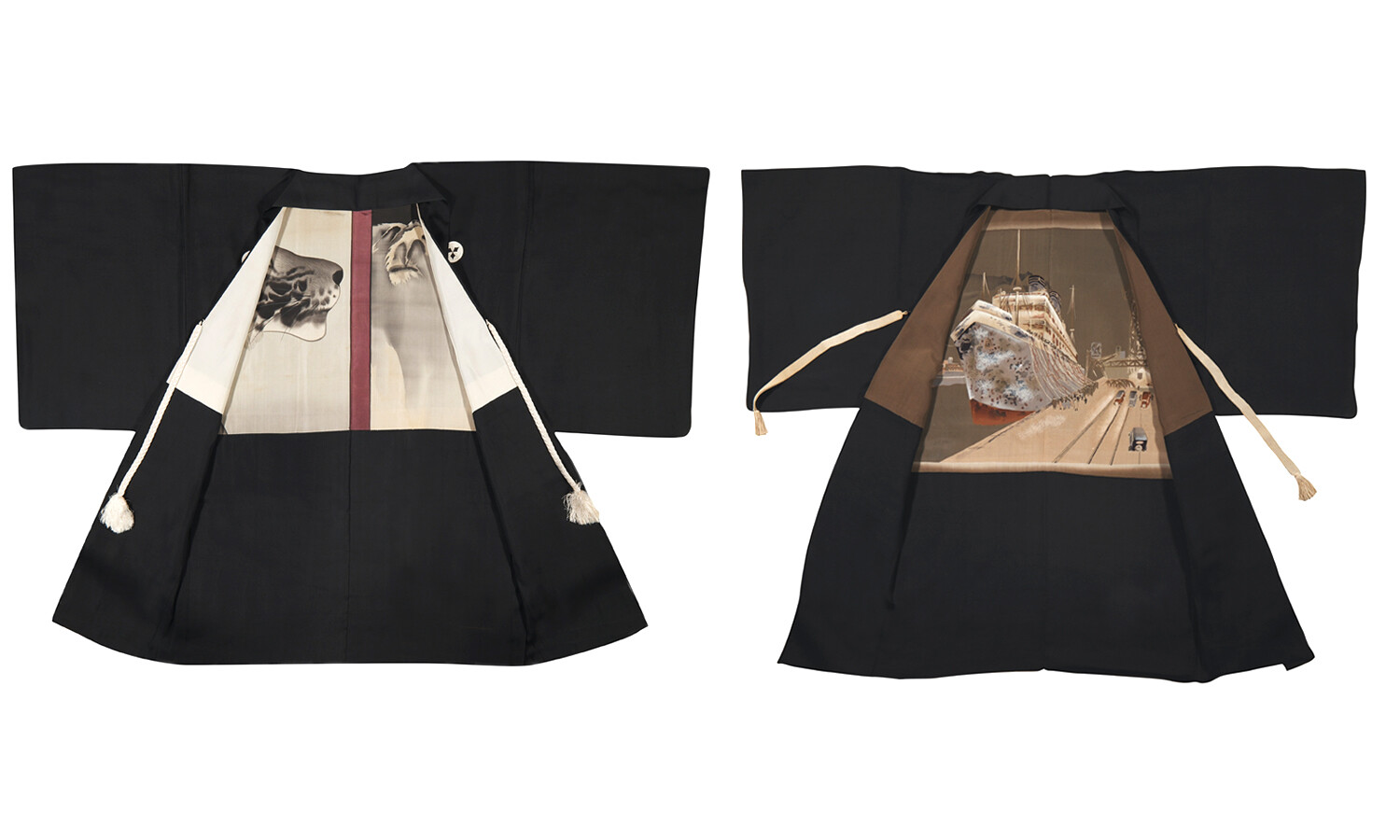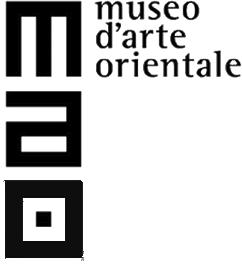Men’s Clothing from the Early Twentieth Century Tells the Story of Japan
April 12–September 7, 2025
via San Domenico, 11
10122 Torino
Italy
Hours: Tuesday–Sunday 10am–6pm
“What an amazing thing it is that objects made for use in real life should possess a beauty that transcends reality. Yet in the end, to create a good pattern is to grasp an object’s real nature (…) a pattern shows us the life of things.” Soetsu Yanagi, The Beauty of Everyday Things, Penguin Random House, 2018.
Reveal, do not display, suggest without disclosing. These are the principles behind Japan’s thousands-of-years-old culture, which is still woven from a balance, in a perpetual state of becoming, between solids and voids and a sense of harmony.
The exhibition at MAO offers a unique glimpse into Japanese material culture through about 50 haori and juban—the garments worn over and under men’s kimonos, respectively—and a few pieces of traditional children’s clothing from the Manavello collection, in dialogue with installations by contemporary artists, including Kimsooja, Royce Ng, Yasujirō Ozu, Tobias Rehberger, and Wang Tuo, creating a dynamic conversation between past and present. The project is unprecedented in Italy and indeed Europe, and is therefore an absolute first amongst exhibitions devoted to the art of the Far East.
The imagery that decorates the garments on view is not only an example of fine workmanship, but also a historical document that provides insight into Japan in the early twentieth century, a critical period of social, cultural and political transformation, between accelerated modernisation and imperialist tensions. Contemporary works presented in the exhibition stimulate analysis and reflection, encouraging visitors to orient themselves within a historical period of complex relationships between Japan, China and Korea.
Traditionally considered an expression of everyday intimacy, the haori and juban on view take on new meaning and offer an opportunity to explore social and political implications tied to Japanese expansion in Asia in the twentieth century. Not least, propaganda which was circulated through clothing, including children’s wear, to which a special section of the exhibition is devoted.
By juxtaposing these historical garments with contemporary perspectives, the exhibition thus explores the typical image of Japan in the West, still tied to a traditional, romantic vision, in contrast to the perception of a different Japan, still little-known today, which can be glimpsed in men’s clothing. The typical imagery decorating this clothing celebrates the many-faced myth of the West while also aiming to emphasise Japanese national pride, both of which culminated in the technological development and strenuous defence of the country’s identity before and during World War II.
The exhibition is developed with the curatorial consultation of Silvia Vesco (professor of Japanese Art at the Ca’ Foscari University of Venice), Lydia Manavello, You Mi (independent curator and professor of Art and Economies at the University of Kassel), in collaboration with MAO director Davide Quadrio and curators Anna Musini and Francesca Filisetti, with the assistance of Francesca Corrias.

